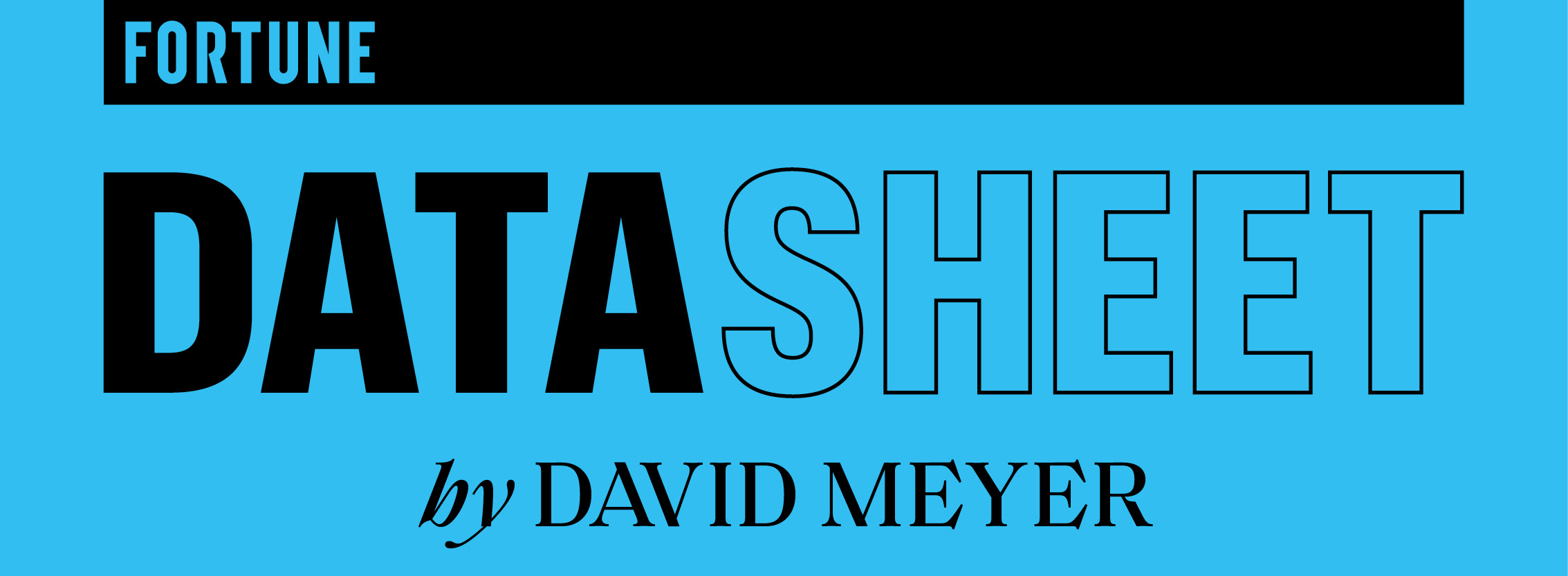Can AI Extend Your Life?
Why do bowhead whales live to 200 years old, and Greenland sharks to 400? Why can’t we? Chances are that AI will help us decipher aging—understand why we age, how to slow it, stop it, and perhaps even reverse it.
When ChatGPT passed the U.S. Medical Licensing Exam (USMLE) in early 2023 it was a shocker to many. Passing the USMLE is hard, typically taking 4 years of medical school plus 2 years of residency and a lot of practical experience.
How much further might AI progress in medicine over the next decade?
And what does a partnership between AI and healthcare workers such as diagnosticians, surgeons, nurses, dieticians, healthcare coaches, and radiological techs look like?
I personally believe that medicine is one of the professions that can be, and should be, powered by AI and AI-enabled healthcare workers.
The ability of AI to help analyze mountains of your health data, avoid errors and accurately monitor your conditions 24/7 makes a compelling case for its use to reinvent the healthcare industry.
It may soon be malpractice to diagnose a patient without AI in the loop.
That’s what today’s blog is all about: how the future of medicine requires AI copilots and what this means for the healthcare industry.
Let’s dive in…
NOTE: The power of AI to augment human health, increase our productivity, and ultimately reinvent society is one of the core topics I’ll be exploring at my Abundance Summit next month. Applications will close in a couple weeks. Learn more and apply here.
Hospitals are Dangerous Places to Visit
Health is our new wealth, and today, our healthcare networks—both at doctor’s offices and in our hospitals—are under tremendous pressure and the data shows that it’s literally killing us.
Have you ever heard the notion that “hospitals are the most dangerous place to be sick”?
Disturbingly, hospitals are emerging as perilous territories. A 2020 study by Robert Barrett and Louis Hugo Francescutti drew a chilling comparison: statistically, one stands a better chance of survival on a battlefield than in an American hospital. The deadliest year of the Iraq war witnessed the loss of 904 US service personnel.
Contrastingly, during the same period, of the 35.1 million Americans who sought hospital care, an estimated 400,000 succumbed to preventable errors. This doesn't even account for those who died of natural causes or other ailments. In raw numbers, one's risk of dying due to hospital errors was greater than a soldier's in the Iraq war's most lethal year.
Over a decade ago, a report by the Institute of Medicine delivered a jarring statistic: up to 98,000 deaths per year in hospitals were attributed to medical errors. This included misadministered medications, dosage miscalculations, and more.
Furthermore, healthcare-associated infections (HAIs) have become a global menace, with the Centers for Disease Control and Prevention (CDC) attributing 1.7 million infections and 99,000 associated deaths annually to them in the US alone.
Can medical AI copilots help avoid many of these issues?
I truly believe so.
Your Physician is Overworked & Drowning in Data
Now, let’s look at your typical doctor’s visit.
The amount of precious face time that a physician and patient spend together in the doctor’s office is under incredible pressure. The 2017 Medscape Physician Compensation Report found overall that 30% of physicians spend 17-24 minutes with each patient, and that 29% spend only 13-16 minutes during a patient visit.
Making the situation even worse is the average wait time required for a patient to get in to see their physician.
According to a May 2023 report in the health and medicine publication STAT, new patients now wait an average of 26 days for an appointment.
This strained system isn't merely a consequence of increased demand. The supply side is crumbling too. The aftermath of the COVID-19 pandemic unveiled a grim reality—staffing shortages. Since 2020, one in five healthcare workers have resigned, with 117,000 physicians exiting the workforce in 2021 alone, and a paltry 40,000 joining back.
There’s one more major challenge with today’s traditional “doctor-patient” relationship. Your doctor is probably way behind the times technically, and unable to deal with the explosion of diagnostic data available for each of their patients.
Here are 3 specific points that exemplify what I mean:
1. A 2003 report from the Institute of Medicine in Washington, D.C., estimated that the time between “discovery to adoption” in clinical care can average 17 years! Meaning that a medical breakthrough won’t reach you as a patient for nearly two decades... And that delay was documented 20 years ago! Since then, the rate of medical breakthroughs has exploded, accelerating at exponential speeds.
2. Next, consider the avalanche of diagnostic data resulting from today’s advanced medical testing. If you spend half a day at a Fountain Life Center getting a medical upload (whole genome sequence, 100+ blood biomarkers, whole-body MRI, Coronary CT scan, Dexa Scan, microbiome, retinal scan, etc.), you and your physician will soon be inundated with 150+ gigabytes of data, which no human physician is able to digest and interpret without the use of an AI copilot.
3. Finally, the speed at which medical discoveries are being made continues to grow exponentially. For example, today there are 28,000 active, peer-reviewed medical journals that are collectively publishing more than 1.8 million articles every year, or roughly 5,000 medical papers published per day.
How many did your physician read this morning?
Your AI medical copilot can consume them all and determine which is most applicable to you.
The Solution: AI-powered Medicine @Home
What does this all mean? It means that medicine is rapidly transforming from something that a human can handle, into a field where an AI copilot is not a “nice-to-have,” but a must-have.
We’re shifting medicine from an annual doctor’s visit to a continuous data-driven, AI-enabled monitoring of your health.
Rather than waiting a month to book your “annual medical checkup,” sensors on your body, in your body, and in your environment (bedroom, bathroom, office, and car) will be constantly monitoring your physiology and uploading data to your medical AI.
The goal here is continuous healthcare monitoring able to catch disease at its earliest stage, allowing treatment as rapidly and early as possible, hopefully forgoing hospital visits altogether, but at a minimum avoiding any prolonged hospital stays.
This field will move quickly and powerfully in this direction, making the best healthcare cheaper and more convenient, year after year.
Why This Matters
The bottom line is that medical AI copilots are coming fast.
They will help fill in the gap of missing healthcare workers and allow you and your physician to integrate the massive datasets coming from your wearables and deep diagnostic monitoring.
Ultimately, this is about making healthcare continuous and convenient, catching disease early and saving lives.
The fight to protect end-to-end encryption is a never-ending one, and it’s seen some setbacks in recent months, most notably the passage in the U.K. of the Online Safety Act, which (theoretically, for now) empowers the government there to order communications providers like Signal or WhatsApp to bypass the strong encryption on their messages.
Well, here’s some good news for those who are keen on protecting their messages from prying eyes. The European Court of Human Rights said today that, while security services may want to decrypt some people’s communications to fight crime, weakening encryption for some people means weakening it for all—and that would violate human rights law (specifically, Article 8 of the European Convention on Human Rights, which guarantees the right to privacy).
This useful nugget of wisdom came in a long-awaited ruling about the Telegram messaging service and its tussle with the Russian authorities. (It may be located in France, but the European Court of Human Rights has nothing to do with the European Union, instead having jurisdiction over the entire Council of Europe, whose members include not only EU countries, but also neighbors like Turkey and the U.K. Russia was a member until early 2022, when it stormed off in the wake of its Ukraine invasion—but that didn’t put an end to this case.)
Back in 2017, Russia told Dubai-based Telegram that it had to give the authorities the keys to the encrypted conversations of its users. With Telegram pointedly ignoring the order, Moscow blocked the app the following year—or at least, it tried to. A kind-of-hilarious game of whack-a-mole ensued, with Telegram merrily skipping from IP address to IP address, and Russian communications regulator Roskomnadzor blocking entire Google and Amazon sub-networks in its attempt to enforce the order. Swathes of the Russian internet got taken out in the mayhem.
In the end, the authorities seemingly gave up, and Telegram (which is notoriously popular with Kremlin officials) remains available in Russia to this day. But all the while, Telegram’s lawyers tried to fight the original give-up-your-keys order in the courts. It had no luck in Russia itself, which is how the case ended up at the European Court of Human Rights. Fast-forward to today’s ruling about Russia’s security laws.
“In so far as this legislation permits the public authorities to have access, on a generalized basis and without sufficient safeguards, to the content of electronic communications, it impairs the very essence of the right to respect for private life under Article 8 of the Convention,” the court concluded.
That obviously implies that, with proper targeting and safeguards, an anti-encryption law might be kosher. But the ruling also sings the praises of end-to-end encryption, noting that it protects freedom of expression and “appears to help citizens and businesses to defend themselves against abuses of information technologies, such as hacking, identity and personal data theft, fraud and the improper disclosure of confidential information.” A law obliging a communications provider to decrypt communications “risks amounting to a requirement that providers of such services weaken the encryption mechanism for all users.”
To be clear, even though Russia has slipped out of its jurisdiction, the European Court of Human Rights has no enforcement powers anyway. But, that said, ignoring its rulings is not a good look if you claim to be pro-human-rights. What the court just said about encryption could well prove influential if and when the U.K. government decides to use its new Online Safety Act powers to try forcing a service like Signal to undermine users’ encryption. Same goes for the EU, where the European Commission was recently trying to do the same thing with a proposal aimed at fighting child sexual abuse material—EU lawmakers pushed back, leading to an ongoing deadlock, but again, the war over encryption seems destined to go on forever.
|
|
|
After all, there is nothing more valuable than one’s health:
“A man or women who has their health has a thousand dreams. The person who does not, has but one dream.”
Industry says it can help lower costs and enable faster development of electric vehicles in the US and Europe FEBRUARY 18, 2024 by Edward White in Shanghai and Gloria Li in Hong Kong |












